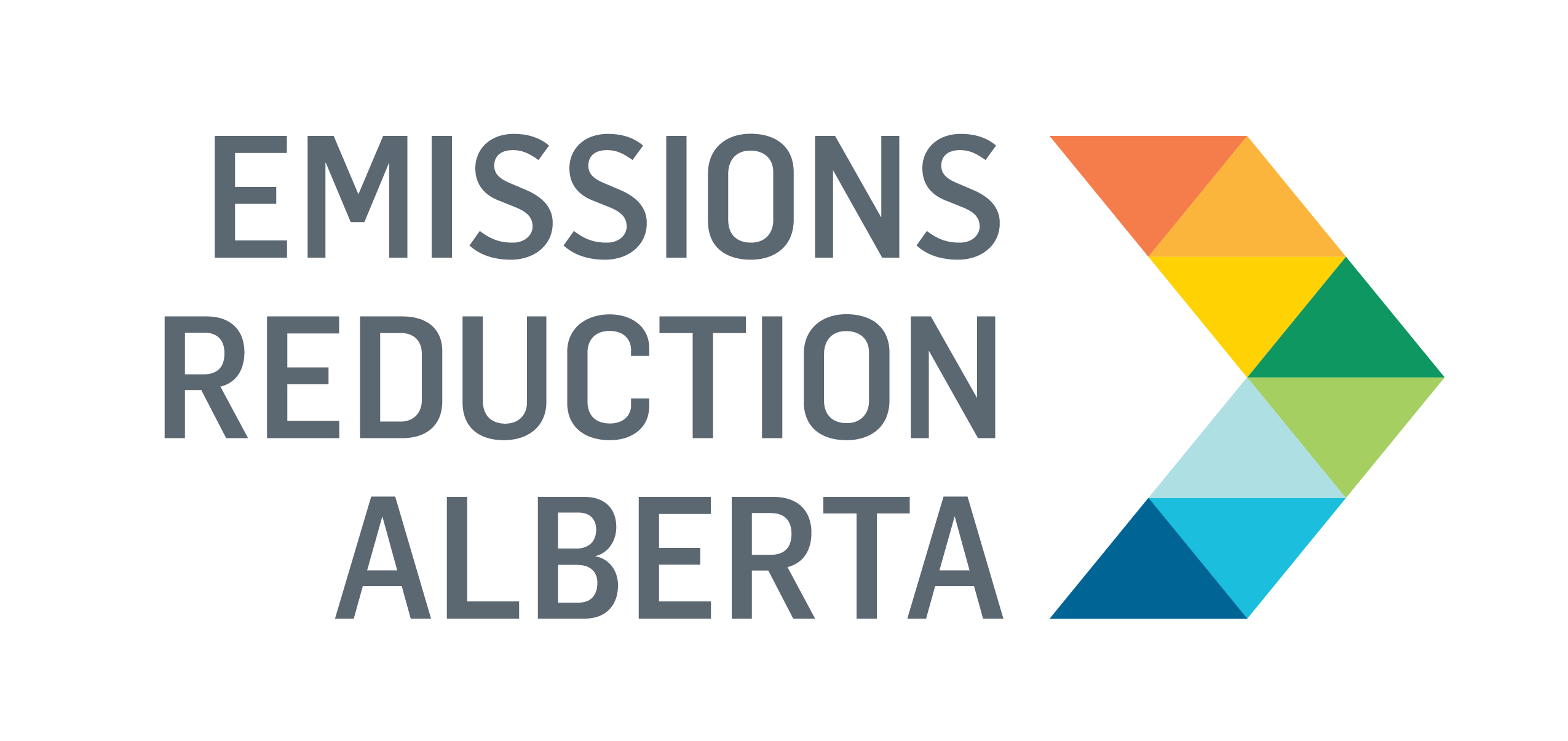Project Overview
Approved for funding through ERA’s Biological GHG Management Program in 2015, the project set out to design a multi bioreactor and gas sampling system for testing the performances of known methane oxidizing materials. By its completion in 2016, the study demonstrated initial proof-of-concept for designing a floating methanotrophic biofilter that could limit methane emissions from tailings ponds.
Floating Biofilter to Reduce Methane from Tailings Ponds
Oil sands tailings ponds are a significant source of methane emissions in Alberta. To address this issue, researchers from the University of Calgary explored using biochar as a cap for tailings ponds to minimize methane emissions. The idea is that biochar in a floating mat on the surface of tailings ponds can sequester contaminants in the pond and help grow methanotrophs–methane oxidizing bacteria–thereby converting harmful methane emissions into carbon dioxide.
The objective was to design a microcosm to simulate the methane cycle in natural peat bogs where methane is oxidized in a floating organic peat or biochar mat, rather than releasing it into the atmosphere. The researchers developed a floating biochar mat with biofiltration capacity capable of mitigating methane. These were used to study methane, oxygen, and microbial patterns, while assessing biochar’s ability to support methanotrophs in the floating biofilter. The project engineered a system where methane flowed through the floating mat to slow diffusion of methane and support growth of methanotrophic bacteria, while monitoring gas flux rates, methane oxidation kinetics, and microbial growth.
Test Results Validate System Design, Indicating Biofilter Potential
The project successfully designed and tested a meso-scale bioreactor system to mimic a field-scale floating mat for oilsands tailings ponds. The design of the floating biochar mat was optimized to be able to remove 84 per cent of the methane supplied to it at a rate comparable for Alberta tailings ponds. The project demonstrated that biochar encourages microbial growth and can control diffusion of methane and oxygen. System testing indicated that sufficient time for oxidation was possible when known concentrations of methane flowed through the biochar reactor. The results indicated that biochar provided an environment that allowed methanotrophs to attach to the biochar to utilize methane, release carbon dioxide, and increase the population of methanotrophs.
What’s next?
The system can be used in future experiments to optimize mat design and monitor long term effectiveness. The project results provide a strong foundation for pilot testing. Further pilot and demonstration work will require scaling and additional testing to determine the distribution of methanotrophs and the development of the physical structure to support a floating mat and ensure reliable supply of biochar. This research represents a crucial first step towards engineering a floating biofilter to mitigate methane emissions from oil sands tailings ponds.
